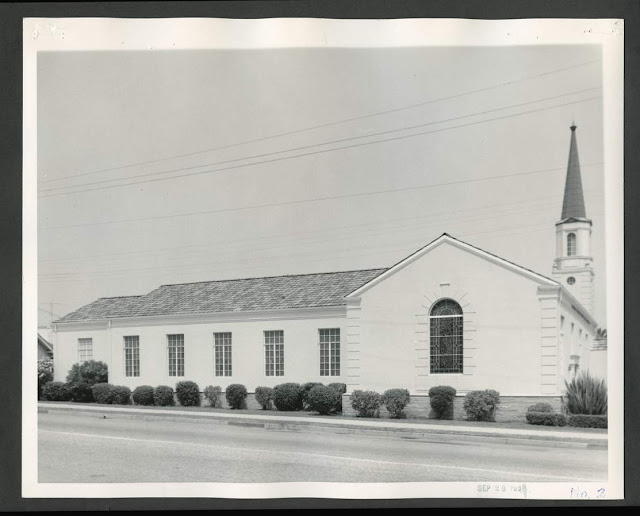Right now, a lawsuit is progressing its way through the courts to try and save the historic Murray First Ward building. While downtown buildings in Murray were originally preserved through a city ordinance, a few years ago, the ordinance was modified to allow exceptions (including if a demolition would increase the city's tax base, which is almost guaranteed in the case of a historic building).
The city council voted to demolish the building in the summer of 2017. An appeal to delay the process was denied, so the only other option was a lawsuit. A motion to dismiss the case was denied, and the hearing date was set for March 19.
A small group is trying to raise funds and support to save the building. Their site can be found here.
***
The Idaho Falls Third Ward building, which was sold by the church in the 1980s, now has a new owner. Over the past few decades, it has been owned by other churches, and it was almost used as a haunted house before community opposition prevented that from happening. It has now been renovated and will serve as a "healing sanctuary" which practices holistic medicine. They've done a wonderful job with the building, including adding leaded glass that depicts a sego lily, which the building originally had.
 |
| (Image Source, by Stephen Loosli) |
***
Meanwhile, the Church has updated plans to restore buildings in Nauvoo, Illinois. These include the homes of William Weeks (architect of the temple), Esther & William Green, and Marinda and Orson Hyde. The home of Edward and Anna Hunter, which is just down the hill from the temple, was excavated in 2016, and will be rebuilt. Joseph Smith spent some of his time in hiding in the basement of the house, and may have received D&C 128 in that home. It will be exciting to see these changes come in the next few years.








